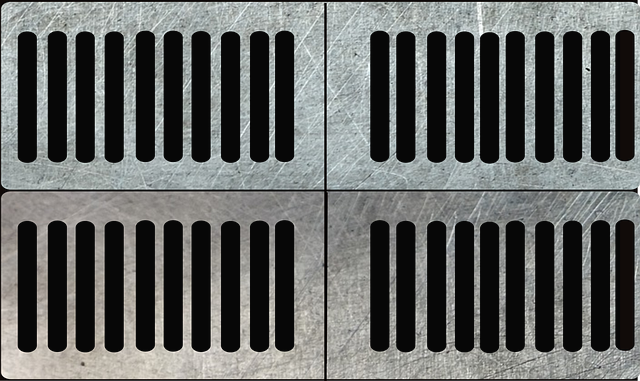Sewer line issues like clogs, damage, and collapse stem from root intrusion, corrosion, and improper waste disposal. Regular maintenance, per the Sewer Line Repair Guide, prevents these problems through inspections, drain covers, and responsible waste disposal. Monthly checks, cleaning traps, and eco-friendly practices extend pipe life. Annual professional inspections and advanced techniques like hydro-jetting offer precise, minimally invasive solutions for complex issues.
Avoid costly sewer line repairs with our comprehensive guide on preventing common issues. Understand the root causes of sewer problems, from tree roots infiltrating pipes to grease buildup, and learn practical maintenance routines for homeowners. Discover advanced prevention strategies, including inspection techniques and eco-friendly cleaning solutions. We also outline when professional help is essential. Implement these tips to ensure smooth, efficient drainage systems and save you money in the long run.
- Understanding Common Sewer Line Issues
- Regular Maintenance Routines for Homeowners
- Advanced Prevention Strategies and Professional Help
Understanding Common Sewer Line Issues

Sewer line problems can range from minor clogs to major structural damage, often requiring emergency repairs or even complete replacements. Understanding common issues is a key step in preventing costly sewer line repair guides. One frequent problem is tree root intrusion, where tree roots penetrate pipes, causing blockages and potential cracks. Another widespread concern is pipe corrosion, especially in older systems, leading to leaks and eventual collapse. Furthermore, improper waste disposal practices, such as flushing non-biodegradable materials, can contribute to clogging and wear and tear over time.
Regular maintenance is crucial to mitigate these issues. Homeowners should invest in annual sewer line inspections to identify potential problems early. Preventive measures like using drain covers and avoiding toxic chemicals in the sink or toilet can significantly reduce blockages. Additionally, proper waste disposal education can help minimize the risk of root intrusion and corrosion. By being proactive and adopting simple maintenance practices, property owners can avoid major sewer line repairs and ensure the longevity of their plumbing systems.
Regular Maintenance Routines for Homeowners

Regular maintenance routines are an essential part of any Sewer Line Repair Guide. Homeowners can significantly reduce the risk of costly sewer line issues by adopting simple practices. Start with a monthly inspection of pipes visible above ground, looking for cracks or signs of damage. Cleaning out drain traps and sinks once a month is also crucial as these can accumulate grease and debris, leading to blockages.
Additionally, using enzymatic drain cleaners or natural remedies like baking soda and vinegar instead of harsh chemicals helps prevent corrosion and keeps the pipes in good condition. Every three months, flush your drains with hot water to remove any built-up residue. For a more thorough cleaning, hire a professional once a year to inspect and clean your sewer lines, ensuring everything is running smoothly and efficiently.
Advanced Prevention Strategies and Professional Help

While regular maintenance is key, advanced prevention strategies can significantly extend the lifespan of your sewer lines and avoid costly sewer line repairs. This includes implementing eco-friendly practices like using biodegradable cleaning products and avoiding disposal of non-biodegradable items like plastics or greasy foods down the drain. Regular inspection and camera surveillance can also help identify potential issues early on, allowing for prompt action before they escalate.
For more complex problems or when DIY solutions aren’t effective, it’s crucial to turn to professional sewer line repair services. A reputable sewer line repair guide recommends enlisting licensed plumbers who employ advanced technologies like hydro-jetting and trenchless excavation for precise and minimally invasive repairs. This ensures long-lasting solutions without further damaging the pipes or surrounding areas.
By implementing regular maintenance routines and adopting advanced prevention strategies, homeowners can significantly reduce the risk of costly sewer line repairs. Understanding common issues like tree root infiltration, pipe corrosion, and structural damage is key. A proactive approach includes scheduling professional inspections, clearing obstructions, using sewer-safe products, and protecting against extreme temperatures. Following these tips from our Sewer Line Repair Guide ensures a reliable plumbing system and saves you from unexpected disruptions.
